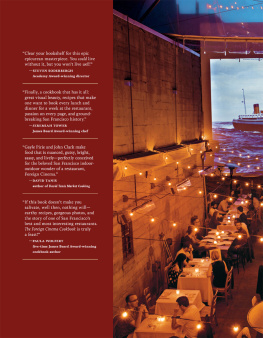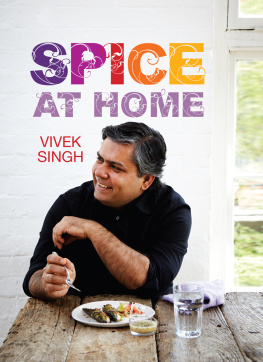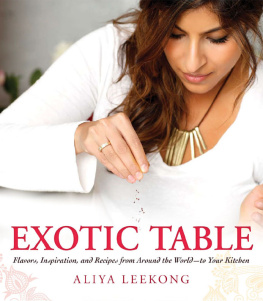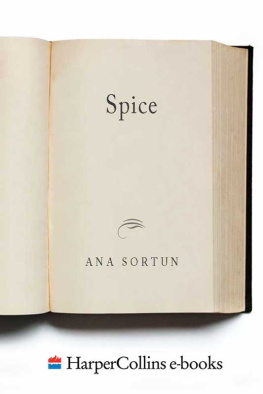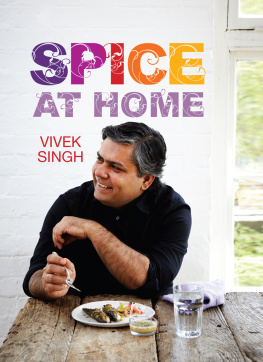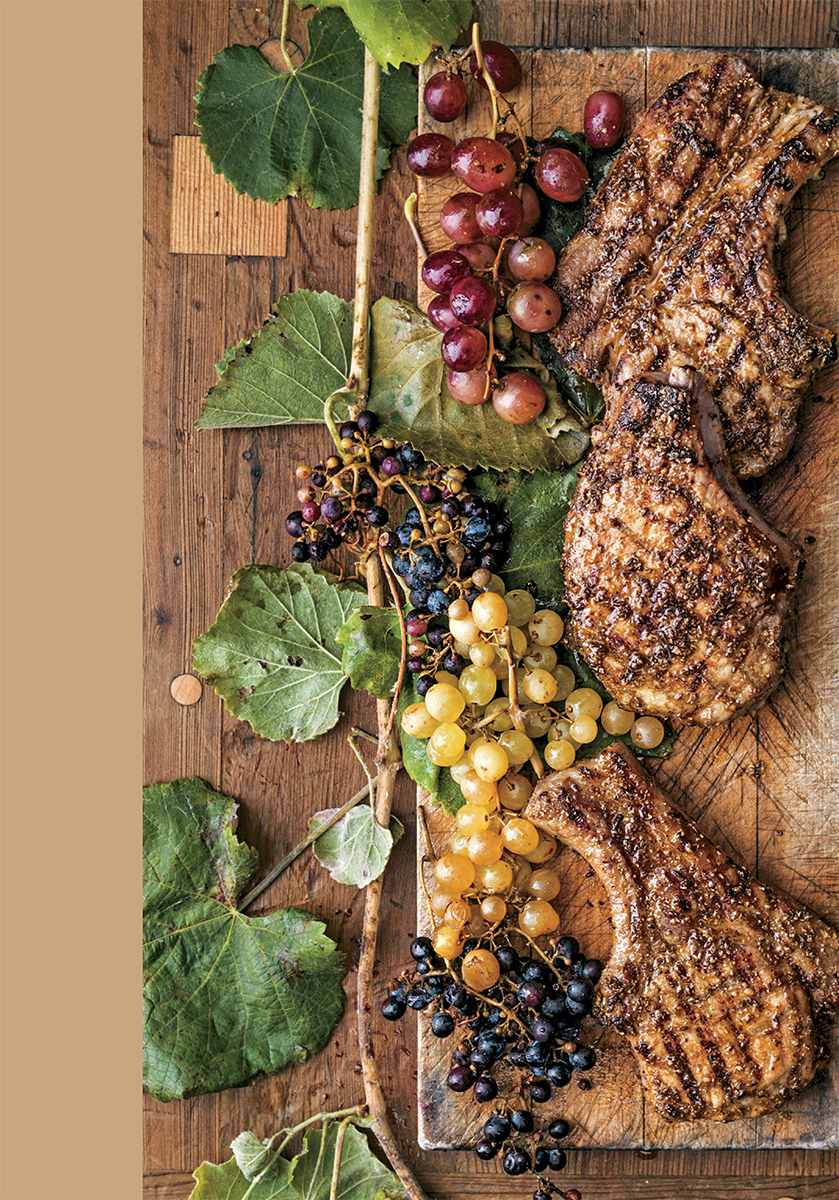



DEDICATED TO JUDY RODGERS
FRIEND, MENTOR, CHEF
Contents

Foreword
A Taste of Foreign Cinema
I loved Foreign Cinema from the start. I first met Gayle Pirie when she was a cook at Zuni Caf in the early nineties, and I later persuaded her to work for a time at Chez Panisse. She struck me thenand it turned out to be true!as someone who could do anything well. And so, when she and her partner, John, told me about the restaurant they were taking over in the Mission District in 2001, a place that married food and film, it seemed like a fated endeavor for the two of them. To me, it made complete sense. Gayle and John are deeply committed to the philosophy of cooking with local, organic, and seasonal ingredients. They make food that is both simple and robust, and they believe that food and art can be linked together to start conversations and spark creativity. On my first visit, I walked through the darkened entry passage off busy Mission Street, emerged into the warmly lit, high-ceilinged dining room with a beautiful old film being projected on the wall, and immediately felt: This is right.
I loved the restaurant so much, in fact, that for years we would hold our annual Chez Panisse holiday staff parties there. I knew that whatever Gayle and John created would be exactly what we all wanted to eat, and that the atmosphere out in the fairy light-strung courtyard would be perfect for celebrating. They were some of the best parties we have ever hadthere were always small plates of food circulating, a raw bar set out with pristine oysters you can find the recipe for the quelites greens they made: a mix of chard and beet greens and kale, simply sauted with cumin and garlic and studded with capers and olives. Each years theme was different, but the results were invariably inspired.
That ethos of generous collaboration and gastronomic curiosity is what keeps the restaurants daily changing menu so vibrant, and illuminates all the recipes in this book. Gayle and John have a wonderful, pure way of exploring flavors from around the world. You can see their passion and respect for different cuisines and cultures in the way they put together each dish on a menu, whether they are making Catalonian fideus with spring fava beans and nettles ().
One of the things that makes Foreign Cinema such a special place is how it has woven itself into the tapestry of the Mission District, a neighborhood with a rich and storied history, and become an essential part of it. It has been such a success, I think, because Gayle and John have created a space with consideration for the community; people come to the restaurant to eat beautiful, thoughtfully sourced food, watch beloved films, celebrate, or gather together on a Sunday morning. As the restaurant approaches the end of its second decade, Foreign Cinema has become an indelible fixture of the cultural and culinary landscapenot just for the Mission, but for the whole of San Francisco. This book captures its spirit: big, diverse, ever-changing, andof coursedelicious.
Alice Waters


Gayle Pirie and John Clark in Paris, 1989
Introduction
Gayle Pirie and John Clark
Bring It Back to the Line
We came up through the school of rugged individualism and the hard knocks of willful independence. We shared the belief that whatever you studied in college youd somehow use in life. Neither of us went to cooking school, or even considered it.
When we began this part of our lives, being a professional line cook in San Francisco meant avidly reading cookbooks (mostly used), attending midnight repertory cinema, seeking out live performances, acting on artistic inclinations, and focusing your captivated attention on learning on the job. It was a competition within oneself, to advance your skill set and knowledge moment to moment. We studiously observed others wiser than ourselves, watched cooking techniques, practiced knife skills, and found solutions to challenges through tasting and connecting with guests, respecting the psychology behind each restaurant endeavor. We were intrepid, driven by pure curiosity and competitiveness as we laid pathways to unforeseen careers.
Drawn to the timeless beauty of European food, which we came to know through the writings of Elizabeth David, Richard Olney, and Brillat-Savarin, we spent countless days off losing ourselves further in the pages of Paula Wolfert, Giuliano Bugialli, Ada Boni, Leslie Forbes, Elizabeth Romer, and Anne Willan and planning what to cook next. Our penultimate theoretical classroom, dining out, was an education in what to do and what not to do. Whether driving to Berkeley to dine at Chez Panisse or sitting at the bar at Stars in San Francisco, wherever we ventured, we brought something back to the line: flavors to remember, sensations to capture, and restaurant energy to synthesize and distill.
Cooking professionally asks you to mine the depths of all of your experience, embolden your life skills and intuition, both refined and lying in wait below consciousness, to inform, mold, and catapult yourself from cook to chef. Today, we bring to our work an amalgam of skills acquired over a lifetime, as jeweler, editor, mechanic, contractor, writer, oil painter, art teacher, parent.
Each of us has cooked in some of the San Francisco Bay Areas most distinctive restaurants: Square One, Caf Esprit, China Moon, Zolas, Vicolo Pizza, E Street Caf, 39 Grove, Zuni Caf, Stars, and Chez Panisse. In our seven years consulting practice, we helped restaurants open, refine management, go organic, evolve menus, improve communicationssometimes all of the above, decades before Gordon Ramsay televised those entertaining culinary challenges. Beyond assisting a great number of California operators achieve their long- and short-term culinary and business goals, our work took us around the world to cook food our way, in many kitchens here and abroad. Ultimately, this seven-year stint solving problems for others, along with all that came before it, prepared us for our arrival on set at Foreign Cinema.

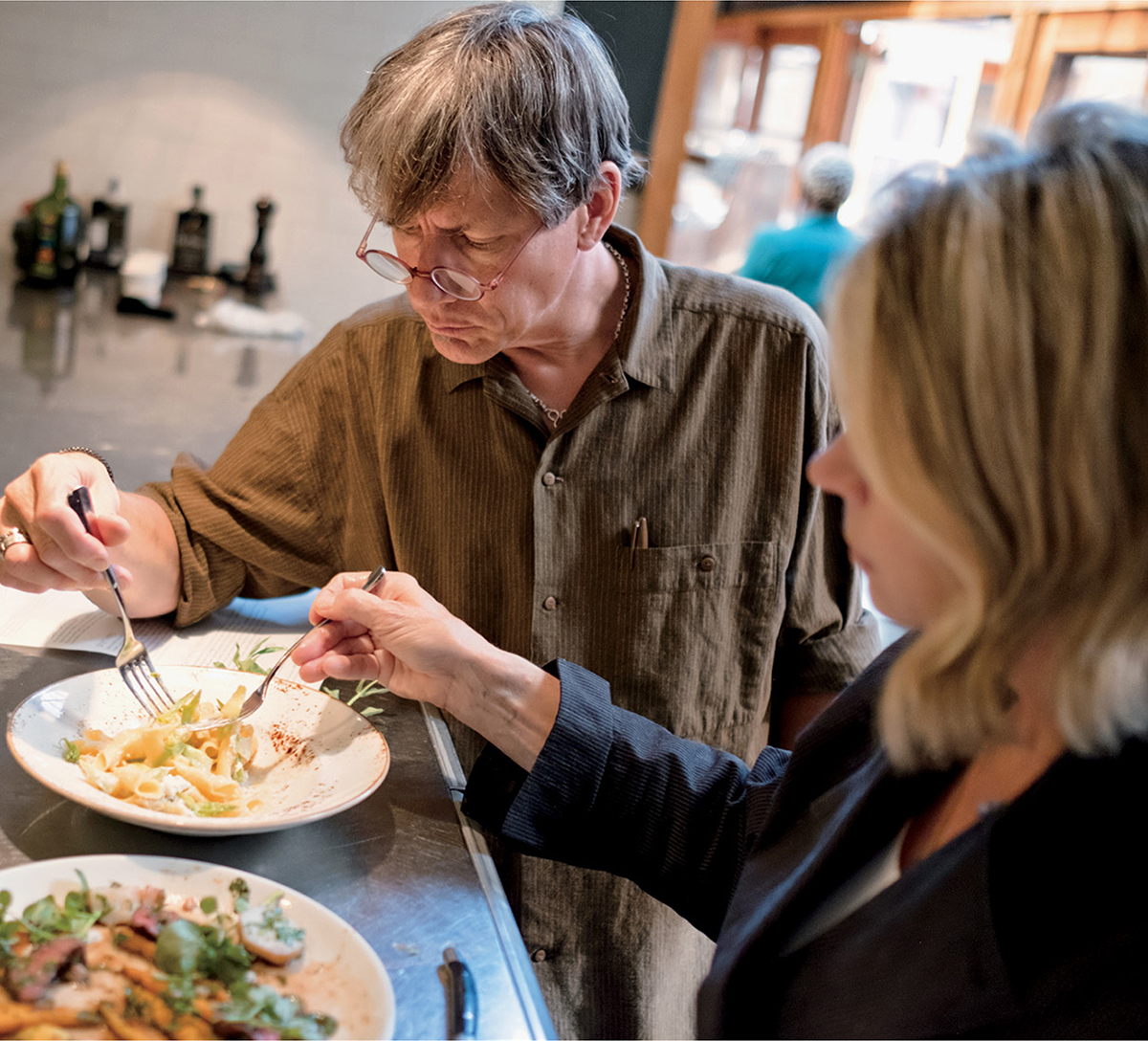

Food and Film
A History of a True Double Feature
Next page
